
Take the First Step Towards a Healthy Life for Your Child
Comprehensive Metabolic Disorder Screening Designed for Ages 0-14, Early Detection of Harmful or Potentially Fatal Metabolic Disorders
Metabolic disease in its most severe form can lead to death
Metabolism is a set of chemical reaction processes in which enzymes play an important role in breaking down food and converting it into energy to maintain body functions such as the immune system, body development, and brain development. It can also be used in the process of digesting food. Obtain energy to ensure the normal functioning of body functions.
Children with metabolic diseases (inborn errors of metabolism) lack some enzymes to carry out normal metabolic functions, causing the body to accumulate too many toxic substances, causing toxic effects. In addition, there is also a chance that the body will lack important nutrients, leading to body dysfunction. Some metabolic diseases may develop years later without obvious symptoms, which often makes it difficult for parents to detect and follow up in time, causing irreparable damage.
Metabolic diseases: the silent killer of children
One out of every 1,682 Hong Kong babies has a metabolic disease (inborn error of metabolism)1 which is much higher than the incidence rate in China and Taiwan of approximately 1/5,8002 . At present, metabolic diseases cannot be completely cured and generally cannot be detected during prenatal testing. Some people with metabolic diseases have no obvious symptoms at birth or in early childhood. Even if symptoms are noticed, they may be misdiagnosed as other illnesses, such as loss of appetite, vomiting, muscle weakness, developmental delay, and lethargy. When the disease occurs, the patient's body will suddenly and rapidly deteriorate, which may cause the IQ to drop by one degree per week. In severe cases, it may lead to lifelong disability or even death.
- Newborn screening program for IEM 2015-2017
- Evaluation of the 18-month “Pilot Study of Newborn Screening for Inborn Errors of Metabolism” in Hong Kong, HK J Paediatr (New Series) 2020;25:16-22
Unlike blood specimen collection
Metascreen® is a non-invasive procedure
Metascreen® is the most comprehensive newborn metabolic screening. Unlike other newborn tests in the market, Metascreen® is a simple and non-invasive urine test to screen more than 100 metabolic disorders without causing any harm or discomfort to your baby. Screening your newborn will facilitate early treatment and prevent long term detrimental effects to your baby’s health.
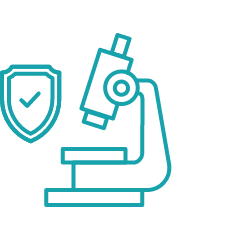
Reliably detects more than 100 metabolic disorders
FDA-approved GC-MS technology combined with proprietary bioinformatics to reliably detect more than 100 metabolic disorders.
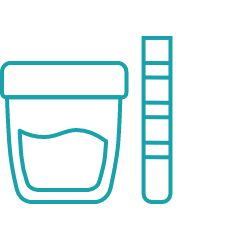
Simple and painless urine test
Your baby’s urine can be easily collected by inserting filter paper into the diaper without causing any harm or discomfort to your baby.
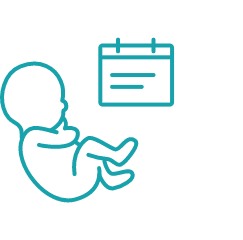
Suitable to babies up to 6 months*
Screen your baby from 48 hours after birth, up until 6 months of age.* Ideally, your baby should be screened between 2 to 7 days after birth

Timely screening report
The results will be available within 10-14 working days to enable early treatment, if necessary.

International accreditation
The laboratory is located at Hong Kong Science and Technology Park and accredited by The College of American Pathologists (CAP), which has stringent standards for laboratory operations, quality and technology.
Highly Accurate & Specific
Metascreen® uses a gas-chromatography mass spectrometry (GC-MS) technology manufactured by Shimadzu, Japan. After processing the urine specimen through GC-MS, we analyse the GC-MS data using proprietary planar bioinformatics first developed by Japanese researchers. The planar bioinformatics makes use of multiple analytes (metabolites) from more than one biochemical (metabolic) pathway to identify a single metabolic disorder. This means that the results would be more reliable and accurate than traditional technology using mass tandem spectrometry (MS-MS) because MS-MS only uses about 1 or 2 analyte profiles for each disorder, and often, the same analyte profile is used for multiple disorders.
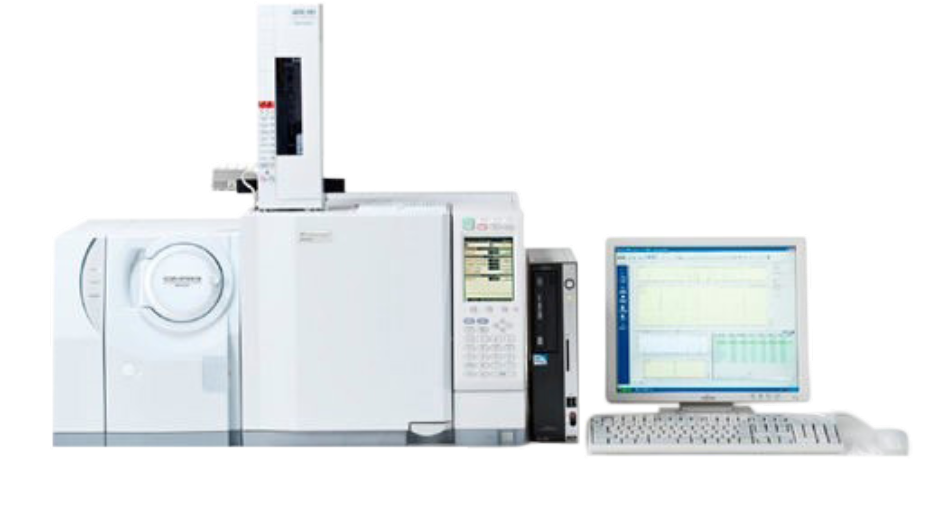
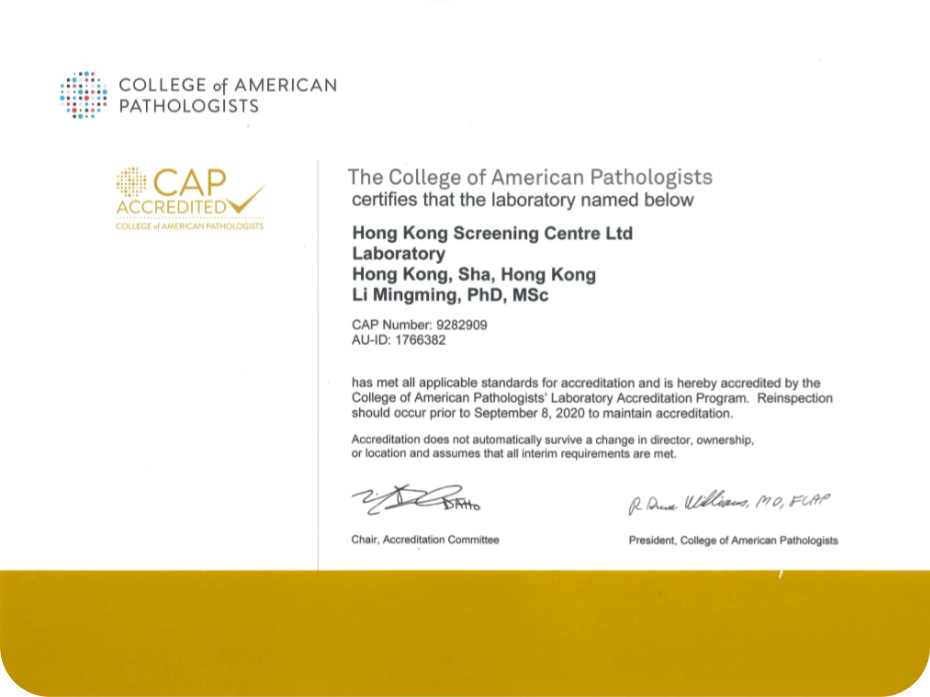
The College of American Pathologists (CAP) Accredited Laboratory
CAP accreditation is the gold standard for laboratory management and processes, which focuses on key areas such as reliability, correctness and quality care.The accreditation is awarded to facilities after a rigorous on-site inspection as well as examination of the facility’s records and quality management system. Cordlife’s emphasis and commitment to quality is recognized when our facility has been granted the prestigious CAP accreditation.
Highly Reliable Testing Platform
Using FDA-approved GC-MS technology, Metascreen® is a non-invasive urine test that screens more than 100+ metabolic disorders without causing any harm or discomfort to your baby. As many metabolic disorders are organic acid disorders (also known as “organic acidemias”), they can be detected more accurately using urine, based on the abnormal excretion patterns of the metabolites as a result of faulty metabolism caused by the disorder. Because our kidneys can efficiently remove unwanted or toxic metabolites from the blood, such compounds are excreted in large amounts in the urine, but may not be found in significant concentrations in blood.
The American College of Medical Genetics (ACMG) actually recommends urine organic analysis as the diagnosis step for many of metabolic disorder, should there be a positive newborn screening result using the dried blood spot analysed by tandem mass spectrometry (MS/MS).2,3
Metascreen® GC-MS Technology
VS
Other Test MS-MS Technology
Invasiveness
Number
Accuracy Rate
Specificity
Time to diagnose
Metascreen® Enrolment Process
Your baby’s first step to a healthy life. Enrolling Metascreen® for your baby now, the only non-invasive comprehensive newborn screening that detects more than 100+ metabolic disorders.

Enrolment
Call us for service enrolment and get collection kit.

Sample Collection
Collect your baby’s urine sample when baby is at least 2 days old and has taken at least one feed 24 hours ago.
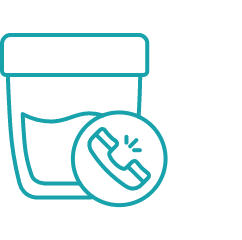
Sample Pick-up
Call our hotline and courier service will be arranged for sample pick up.
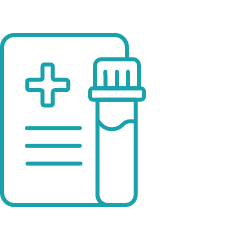
Testing & Analysis
Your baby’s urine sample will be screened and analysed for metabolic disorders using GC-MS technology.

Reporting & Follow Up
We will arrange a follow up consultation if the test result is positive.

In Indonesia, about 1 in every 1,250 babies5 is expected to be born with an inherited metabolic disorder. Screening your newborn will facilitate early treatment and prevent long term detrimental effects to your baby’s health.
Disclaimer
Metascreen® is a trademark or registered trademark of Cordlife Group Limited, a Singapore Exchange Mainboard listed company. The screening test offered under the brand is conducted by Cordlife (Hong Kong) Ltd., a CAP-accredited laboratory committed to providing early and accurate detection of metabolic disorders in newborn babies. Cordlife (Hong Kong) Ltd. has a quality management system in place to ensure maximum accuracy of screening results. As with any laboratory tests, false positive or false negative results cannot be completely eliminated due to various reasons including but not limited to age of patient at the time of specimen collection, patient’s health status, specimen quality and other variables. Hence, the risk of a disorder should never be precluded solely on the basis of screening. Signs or symptoms observed should be followed up immediately by a professional healthcare provider.
Sources
1.Bouatra S, Aziat F, Mandal R, Guo AC, Wilson MR, et al. The Human Urine Metabolome. PLoS ONE. .2013, 8(9): e73076.
2. Michael J. Laboratory Medicine Practice Guidelines. Follow-up Testing for Metabolic Diseases Identified by Expanded Newborn Screening Using Tandem Mass Spectrometry. The National Academy of Clinical Biochemistry. 2009
3. Berdasarkan data internal, Juni 2020.
4. D. Matern, K. Raymond, S. Tortorelli, et al. Improving NBS Performance: The Mayo Clinic Experience Report.
5. Padilla CD, de la Paz EM. Genetic services and testing in the Philippines. J Community Genet. 2013;4(3):399-411.
